Advertisement
If you've ever chatted with a virtual assistant or watched a video recommendation pop up that feels eerily spot-on, you've experienced two technologies that work together more often than people realize: Natural Language Processing (NLP) and Machine Learning (ML). They get used in similar contexts, often side by side, which makes it easy to assume they’re the same thing. But they aren’t. They have different goals, they handle information in different ways, and they support different parts of a system. So, without any further ado, let’s have a look at the differences without getting lost in technical terms.
Machine Learning is about training a computer to recognize patterns in data. It’s not told what to look for; it learns that itself after examining enough examples. It's similar to teaching a child how to recognize fruits. You don't teach them a strict set of features to remember. You simply expose them to enough apples, oranges, and bananas until they can begin to say, "This is an apple," even if it's a little different in color or size from what they've previously seen.

There are different types of machine learning, but three categories cover most of what’s out there:
Supervised learning: You feed the system both the input and the correct output. For example, pictures of cats labeled “cat.”
Unsupervised learning: You only give it the inputs and let the computer try to make sense of them on its own. Like sorting news articles into groups based on similarity without telling them what the groups should be.
Reinforcement learning: The computer learns through trial and error, getting rewards when it makes the right decisions. Sort of like how a dog learns tricks with treats.
At its core, machine learning isn’t limited to any specific type of data. It could be numbers, images, audio, or even text. That’s where NLP steps in.
Now, Natural Language Processing is all about one very specific kind of data: language. Human language. The kind that’s full of slang, abbreviations, sarcasm, and weird grammar. And that’s what makes NLP a tricky but fascinating area.
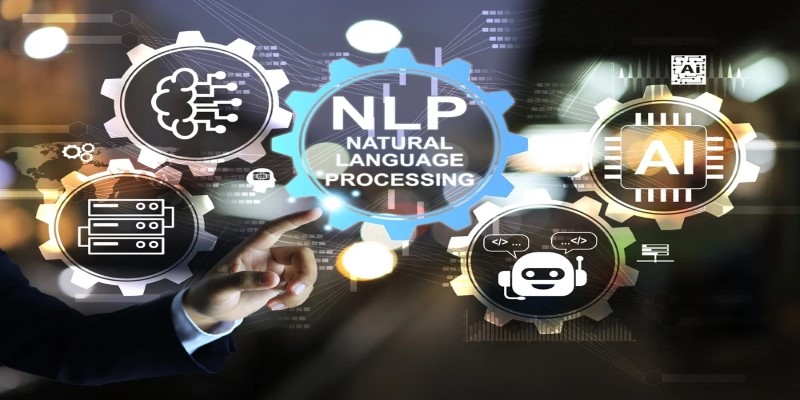
When you type a search query, send a message to customer service, or dictate a voice note, NLP is behind the scenes, helping the machine understand what you're trying to say. It breaks language into pieces the computer can process: words, sentences, context, and intent.
Here’s a quick breakdown of what NLP systems tend to do:
NLP uses machine learning a lot — in fact, many of the most accurate NLP systems today are powered by ML models. But NLP isn't just about learning. It's about understanding language, and that includes rules and structure. So, NLP can also rely on old-school grammar rules and dictionaries where it makes sense. Machine learning doesn't care about grammar. It just cares about whether the outcome matches what it's trying to predict.
Natural Language Processing and Machine Learning often team up, especially in systems that interact with people. Let’s say you’re building a tool that reads customer feedback and decides whether the tone is positive or negative. NLP handles the first step—breaking the sentences down so the computer can understand the structure and meaning. Then Machine Learning steps in, using past examples to recognize patterns in how people express satisfaction or frustration.
In this setup, NLP shapes the raw text, and ML uses what it’s learned from data to make predictions or decisions. Sometimes, this order flips—ML might sort large amounts of text into groups first, and NLP comes in afterward to help label or interpret them. Their roles are different, but they support each other depending on the task.
Let’s clear up some of the confusion by laying out how NLP and ML differ at a practical level:
Feature | Natural Language Processing | Machine Learning |
|---|---|---|
Focus | Understanding and processing human language | Learning patterns from data |
Data Type | Only works with text or speech | Works with any type of data |
Main Goal | Translate human language into structured info | Make predictions or decisions based on data |
Can Exist Without the Other? | Yes – simple NLP tasks don’t need ML | Yes – ML is used in areas beyond text |
Examples | Spell check, voice-to-text, chatbot conversation flow | Spam detection, product recommendations, stock price prediction |
When you’re building a product or working on a project that deals with language, chances are you’ll need both. But it’s helpful to know which part of the process each one handles.
If you’re trying to figure out the difference between Natural Language Processing and Machine Learning, the key is to look at what each is trying to achieve. NLP is about understanding language — how people speak, write, and express themselves. ML is about learning from data — whatever that data may be. They often work together, but they’re not interchangeable.
Knowing where one stops and the other begins makes it easier to understand how systems like chatbots, translation apps, or recommendation engines actually function. And when you can tell them apart, it’s easier to build tools that work better, faster, and more accurately. Stay tuned for more!
Advertisement

What if an AI could read, plan, write, test, and submit code fixes for GitHub issues? Learn about SWE-Agent, the open-source tool that automates the entire process of code repair
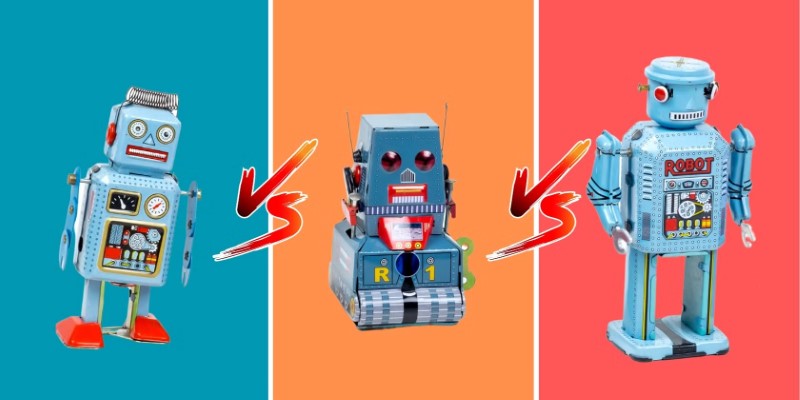
Not all AI works the same. Learn the difference between public, private, and personal AI—how they handle data, who controls them, and where each one fits into everyday life or work

Discover how GenAI transforms supply chain management with smarter forecasting, inventory control, logistics, and risk insights

Thinking of running an AI model on your own machine? Here are 9 pros and cons of using a local LLM, from privacy benefits to performance trade-offs and setup challenges
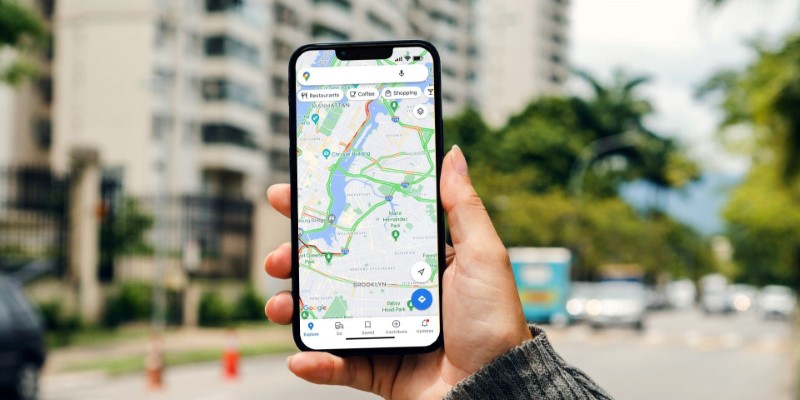
What makes Google Maps so intuitive in 2025? Discover how AI features like crowd predictions and eco-friendly routing are making navigation smarter and more personalized.
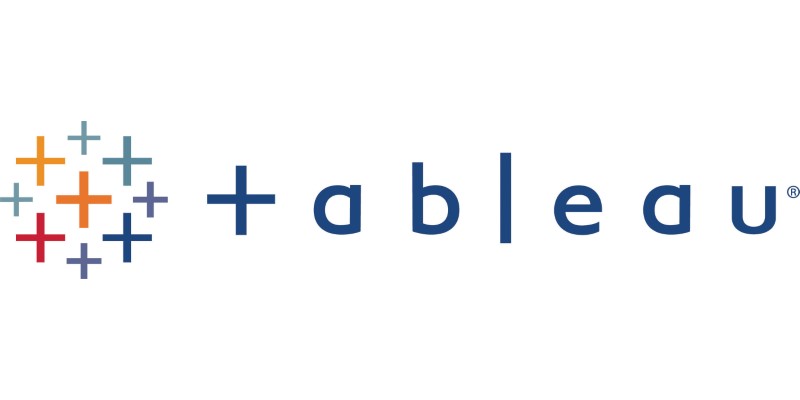
How can Tableau enhance your data science workflow in 2025? Discover how Tableau's visual-first approach, real-time analysis, and seamless integration with coding tools benefit data scientists

Need reliable datasets for emotion detection projects? These 8 options cover text, conversation, audio, and visuals to help you train models that actually get human feelings

AWS SageMaker suite revolutionizes data analytics and AI workflows with integrated tools for scalable ML and real-time insights
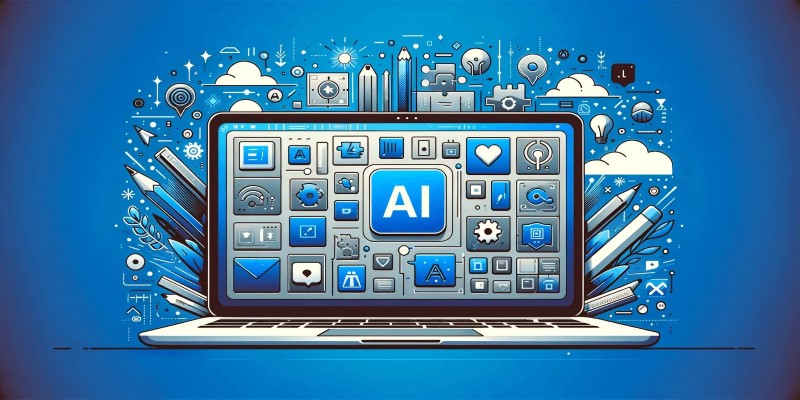
What AI tools are making a real impact in 2025? Discover 10 AI products that simplify tasks, improve productivity, and change the way you work and create

How can AI make your life easier in 2025? Explore 10 apps that simplify tasks, improve mental health, and help you stay organized with AI-powered solutions

Struggling with code reviews and documentation gaps? Discover how SASVA from Persistent Systems enhances software development workflows, offering AI-powered suggestions

Struggling to keep track of your cooking steps? Discover how Gemini AI acts as your personal kitchen assistant, making cooking easier and more enjoyable in 2025